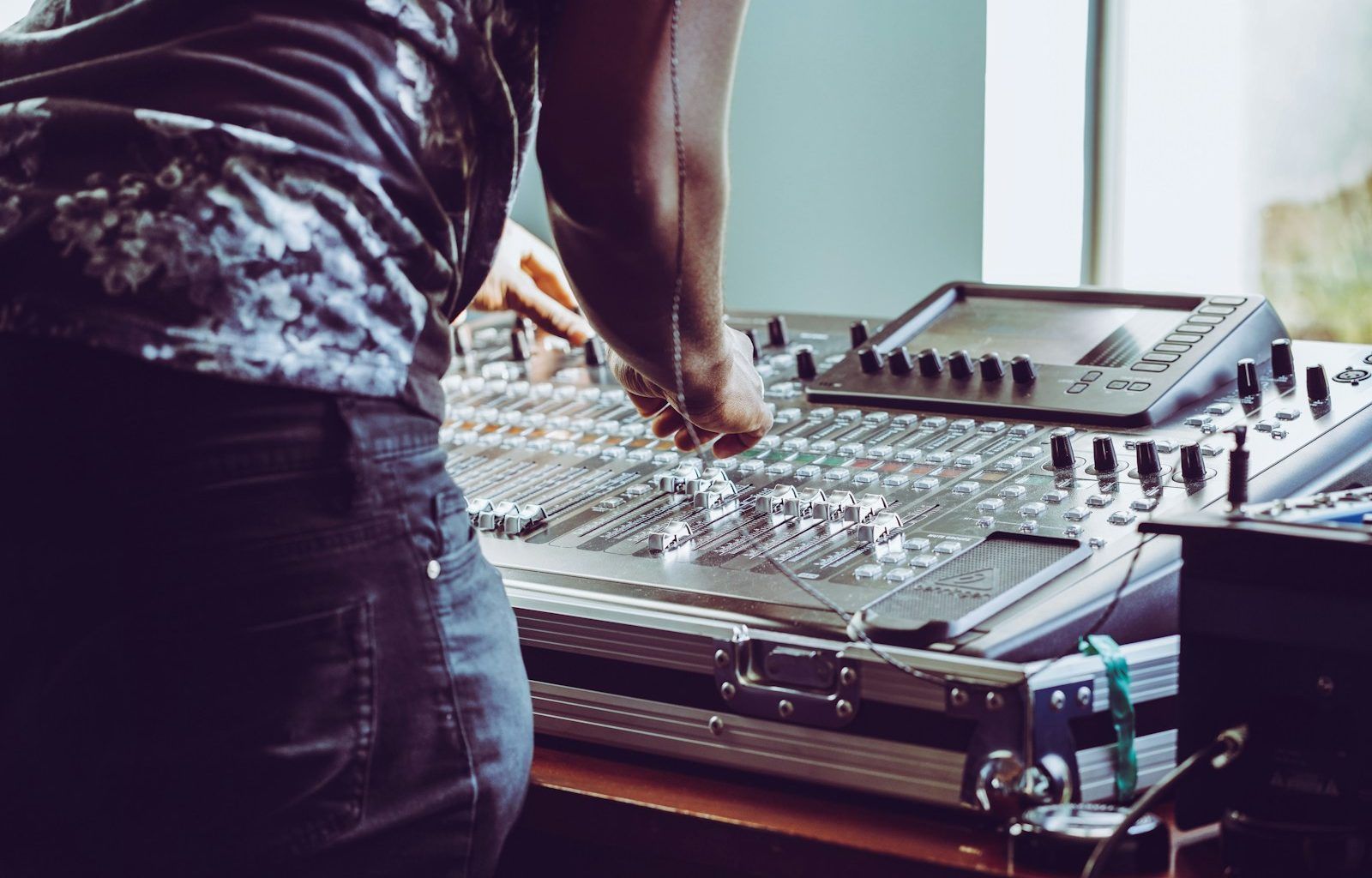When you watch a movie, listen to your favorite song, or attend a live concert, have you ever wondered how everything sounds so balanced and seamless? That’s the magic of sound mixing. But what exactly is sound mixing? Let’s dive in and break it down.
What is Sound Mixing?
In simple terms, sound mixing is the process of combining multiple audio tracks into one cohesive piece. This involves adjusting levels, panning sounds, applying effects, and ensuring every element fits perfectly together. Whether it’s music, dialogue, or background noise, sound mixing ensures everything sounds just right.
Think of sound mixing as creating a dish. You’ve got various ingredients (audio tracks) that need to be combined in the right proportions to make the final product delicious (a great-sounding track).
Why is Sound Mixing Important?
Imagine watching a movie where the dialogue is drowned out by loud background music, or listening to a song where the vocals are barely audible. It would ruin the experience, right? That’s why sound mixing is crucial. It ensures clarity, balance, and an immersive experience for the audience.
Sound mixing isn’t just for professionals. If you’re a podcaster, a musician, or even a video content creator, learning the basics of sound mixing can elevate your work.
The Art and Science of Sound Mixing
Sound mixing is both an art and a science. It requires technical skills to understand tools and software and a creative ear to balance sounds harmoniously. Here’s a closer look at what goes into sound mixing:
1. Balancing Levels
This is about ensuring no audio track overpowers another. For example, in a song, the vocals should shine without being drowned by the instruments.
2. Panning
Panning refers to distributing sounds across the stereo field. For instance, placing a guitar sound slightly to the left and a piano to the right creates a sense of space and depth.
3. Equalization (EQ)
EQ helps in adjusting the frequency balance of sounds. It ensures that bass, midrange, and treble frequencies are well-balanced, making the audio pleasing to the ear.
4. Applying Effects
Effects like reverb, delay, and compression add texture and polish to the sound. They can make a simple recording feel rich and dynamic.
5. Mastering the Mix
Once the individual elements are mixed, the final step is mastering. This ensures the mix sounds great on all devices, whether it’s headphones, speakers, or a car stereo.
Tools and Software for Sound Mixing
Gone are the days when sound mixing required massive hardware setups. Today, digital audio workstations (DAWs) like Pro Tools, Logic Pro, and FL Studio have made sound mixing accessible to everyone. With these tools, you can mix audio tracks, apply effects, and even master your work.
Here are some popular tools for sound mixing:
- Pro Tools: Ideal for professional audio engineers.
- Ableton Live: Great for music producers and DJs.
- Audacity: A free, beginner-friendly option.
- Adobe Audition: Perfect for podcasters and video editors.
Common Mistakes in Sound Mixing (And How to Avoid Them)
Even seasoned mixers make mistakes. Here are some common pitfalls and tips to steer clear of them:
- Overloading the Mix: Avoid adding too many elements. Simplicity often sounds better.
- Neglecting the Low-End: Too much bass can muddy the mix, while too little can make it feel thin.
- Ignoring Room Acoustics: Your environment affects how you perceive sound. Use headphones or treat your room for better accuracy.
- Skipping Reference Tracks: Always compare your mix with professional tracks to gauge its quality.
Sound Mixing in Different Industries
Sound mixing isn’t limited to music. Here’s how it plays a role in various fields:
1. Film and Television
In movies and shows, sound mixing combines dialogue, music, and sound effects to create an immersive experience.
2. Music Production
For songs, sound mixing ensures the vocals, instruments, and beats blend seamlessly.
3. Live Events
During concerts or events, live sound mixing ensures the audience hears a balanced output, regardless of the venue size.
4. Podcasting and Content Creation
Good sound mixing can make a podcast or video feel professional and engaging.
Tips for Beginners in Sound Mixing
If you’re new to sound mixing, don’t worry. Here are some tips to get you started:
- Start Simple: Focus on balancing levels before diving into advanced techniques.
- Use Reference Tracks: Listen to professionally mixed tracks for inspiration.
- Experiment: Don’t be afraid to try different effects and settings.
- Invest in Quality Equipment: A good pair of headphones or studio monitors can make a big difference.
- Learn Continuously: Follow tutorials, read blogs, and practice regularly.
The Future of Sound Mixing
With advancements in technology, sound mixing is evolving rapidly. AI-powered tools are now assisting mixers in achieving professional results faster. Virtual reality (VR) and augmented reality (AR) are also pushing the boundaries of how sound is mixed for immersive experiences.
Conclusion
Sound mixing is more than just adjusting audio levels. It’s about creating an experience that captivates and connects with the audience. Whether you’re a beginner or a seasoned pro, understanding the fundamentals of sound mixing can transform your work. So, roll up your sleeves, fire up your DAW, and start mixing.
For further reading, explore these related articles:
- How to Get Longer Songs on TikTok: A Comprehensive Guide
- Muse Singer: A Journey Through the Voice Behind the Iconic Band
For additional resources on music marketing and distribution, visit DMT Records Private Limited.






